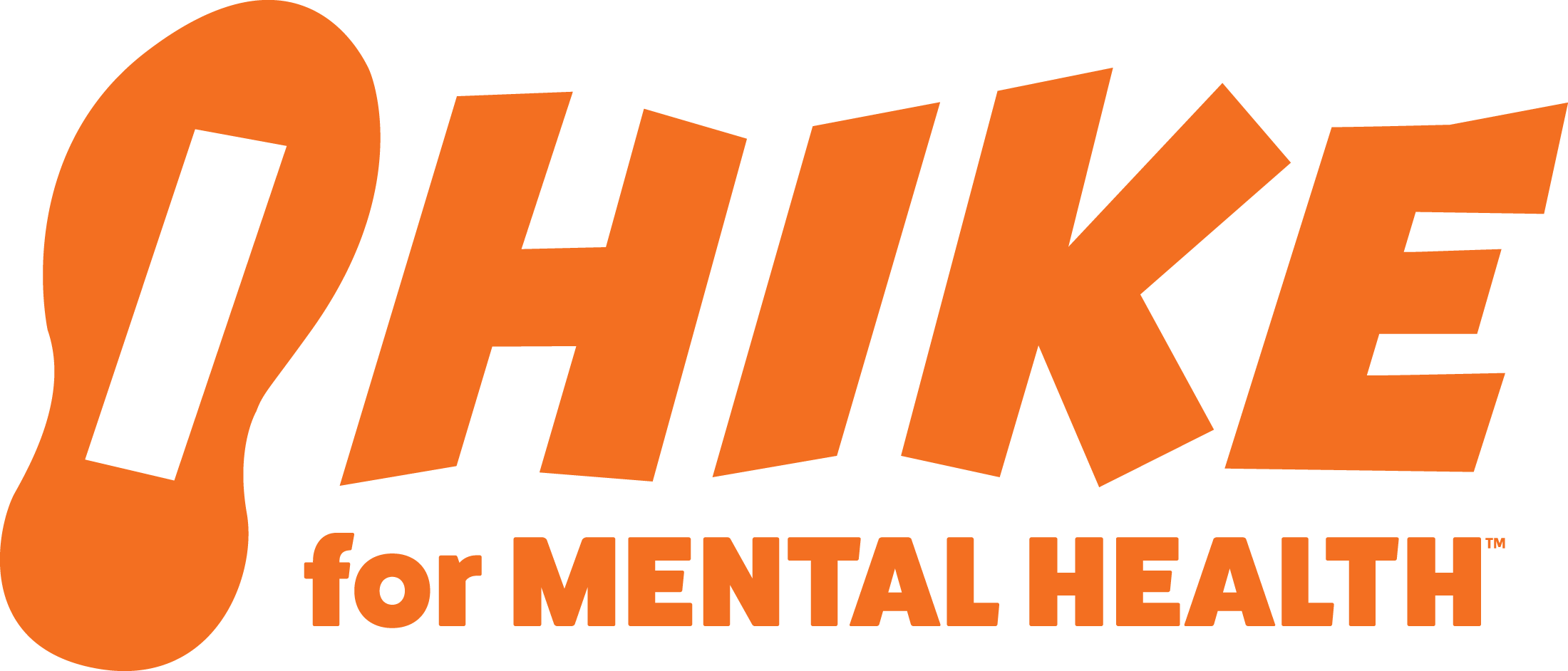Back to School Series: ADHD
According to the CDC attention-deficit/hyperactivity disorder (ADHD) is one of the most common childhood mental health disorders. It is marked by inattention, hyperactivity, and/or impulsivity that interferes with functioning in various settings. One of the settings that is often impacted for children and adolescents with ADHD is school. They often struggle with the demands of the work, and need strategies to help them be successful. Below are some statistics about the prevalence of ADHD, followed by resources that include several strategies you may want to use this school year.
How Common is ADHD?
The CDC provided the following statistics regarding the prevalence of ADHD among children and adolescents.
- During 2020–2022, 11.3% of children ages 5–17 years had ever been diagnosed with ADHD
- Boys (14.5%) were more likely than girls (8.0%) to have ADHD, and this pattern was seen for children ages 5–11 years and 12–17 years
- Among both boys and girls, the prevalence of ADHD was lower in children ages 5–11 years (8.6%) than in those ages 12–17 years (14.3%)
- Among children ages 5–17 years, White non-Hispanic (subsequently, White) children were more likely to have ever been diagnosed with ADHD (13.4%) than Black non-Hispanic (subsequently, Black) (10.8%) and Hispanic (8.9%) children
- Among children ages 5–11 years, White children were more likely than Hispanic children to have ADHD; however, observed differences among Black children and either White or Hispanic children were not significant
- Among children ages 12–17 years, the prevalence of ADHD was higher among White children (17.0%) than for Black (13.0%) and Hispanic (11.7%) children
- The prevalence of ADHD was higher in children ages 12–17 years than in children ages 5–11 years for all race and Hispanic-origin groups
ADHD and School
As stated above, school can often be challenging for students with ADHD. CHADD has developed a toolkit for parents and caregivers to help their children with ADHD succeed in school. The toolkit includes strategies and additional resources parents, caregivers, and students can use. A few of them are listed below.
Strategies
- Creating morning and afternoon routines. The toolkit includes sample routines.
- Setting up a homework station. Children should be involved in setting up the space.
- Home-school communication: consult with the teacher to determine the details
- Behavior charts or trackers: there are several to consider so consult with the teacher
Resources
- Customizable charts
- Recognizing ADHD in the classroom
- More strategies and tips to help students with ADHD
- Information from the Department of Education
- IDEA vs Section 504 laws
- Additional web resources
This toolkit is full of information and is a great resource to revisit every school year. As children’s needs grow and change, so do the demands of school. You may find different resources in this toolkit to use each year.
Another great resource is from the National Association of School Psychologists. This primer for parents and educators provides an overview of ADHD, the diagnosis and assessment process, interventions, and information regarding possible special education services and accommodations. As the document states a diagnosis of ADHD alone does not qualify the student automatically for special education services. Diagnoses and special education eligibility are separate and distinct processes. As with all educational matters pertaining to your child it is best to reach out to the school for information and consultation.
The last resource to share is from the Brain and Behavior Research Foundation. This resource also provides an overview of ADHD, the symptoms, causes, types of attention problems, and treatment options and their side effects.
It can often be overwhelming to find appropriate and valuable resources on the internet. As schools begin to open and students with ADHD return to their classrooms we hope you find these resources useful. Wishing you and your children a great school year!


Comments
Back to School Series: ADHD — No Comments
HTML tags allowed in your comment: <a href="" title=""> <abbr title=""> <acronym title=""> <b> <blockquote cite=""> <cite> <code> <del datetime=""> <em> <i> <q cite=""> <s> <strike> <strong>